My HOn3 Rio Grande Southern layout occupies a dedicated train-room in our basement, and we host regular operating sessions. Much of the realism derived from an operating session stem from replicating what was commonplace. Well, okay, I violate that commonplace rule by running far more trains in a “model day” than the RGS ran in September of 1947.
What trains? My normal routine of commonplace RGS trains finds a northbound freight from Rico to Ridgway, a southbound freight from Ridgway to Rico, a freight turn between Rico and Dolores, and a passenger train each way between Ridgway and Dolores. Along with that, northbound freights longer than a certain number of cars get a helper from Vance Junction to Lizard head. That helper job operates as a turnout of Ridgway. All this is perfectly accurate; it’s just that by 1947 my daily freight trains were mostly two- or three-day turns.
But I’ve gotta spice it up! Along with the routine trains listed above, I add an extra freight or special passenger train to each session. What extras? I currently have seven oddball extras that spend most of their time in a hidden staging yard until it’s time for them to make their special—or extra—guest appearance at an operating session. Naturally the fans go gogga and foam at the mouth just a little.
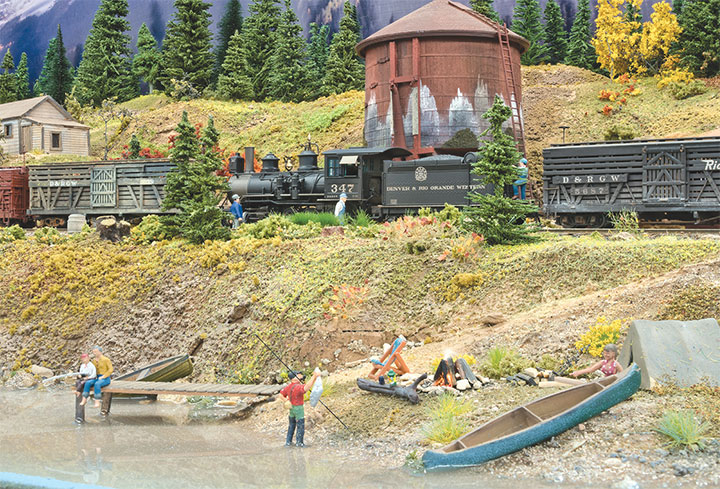
Stock Train
The stock extra was planned on my layout from the start, and my sessions almost always run one. There are nine stock cars in my car fleet. If I run all nine in a stock extra, it needs to be a three-engine train from Vance Junction to Lizard Head. More typically I make it an eight-car train which two locomotives can handle. Sometimes the stock extra will be as short as six cars if I have a crew-friendly eye to the meets I have planned. Stock extras were common on the RGS.
Pipe Train
I have a D&RGW gondola with ends removed that is bracketed by a pair of idler flats and it hauls a load of long oil pipes. Coupled to that is a narrowed standard gauge flatcar that holds a pipe load that fits. To this four-car pipe train I add a couple boxcars that are ostensibly laden with drilling mud, or I couple up a pair of tank cars and call it an oil company extra.
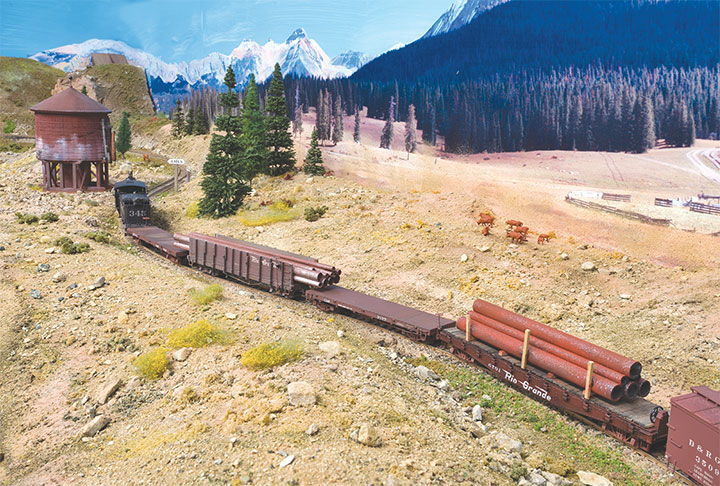
Work Train
My favorite extra is the eye-catching work train. The cars are highly modified and thus unique. I have modified a coach, reefer, and boxcar according to photos in Morning Sun’s The RGS Story Volume XII—Locomotives and Rolling Stock.
Flats and gondolas with their funky loads are real eye-poppers! Back in the early Seventies somebody offered a urethane casting of a C-16 tender body. Mine kicked around in my parts box for 50 years, and then I glued it to a flatcar and heaped the remaining flatcar space with parts and junk. Both the RGS and D&RGW had such cars, and they accompanied work trains to supply water and coal. My tender-on-a-flatcar shouts, “Hey, look at me!”
Another flatcar has been filled with typical work-train clutter. Guests always comment that the work train exudes real character.
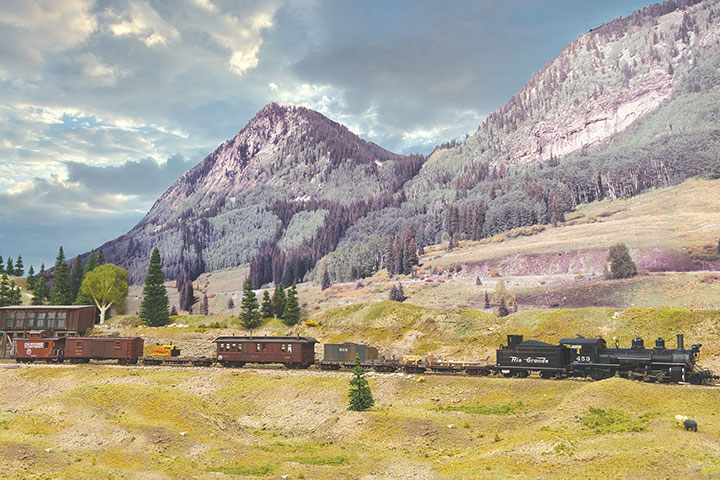
Coal Train/Ore Train
Coal and ore shipments in one- or two-car lots are everyday occurrences on my RGS. Sometimes, though, for sheer change of pace—and because the prototype did it—I couple half a dozen gondolas together and load them all with the same lading, either coal or ore. My long-ago article in the GAZETTE on removable carloads tells how you can make this easy, in short, build a little table that fits in the gondola with legs far inbound from the ends of the table, and glue the load on top of the table but not to the gondola. Pushing down one end of the load makes the other end pop up for easy removal.
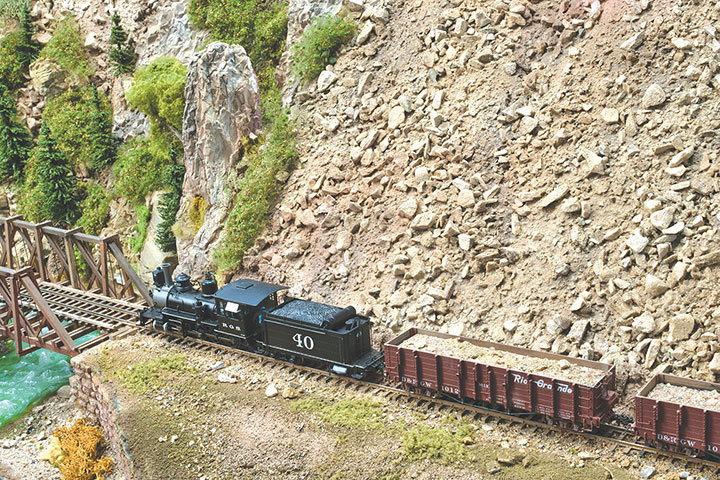
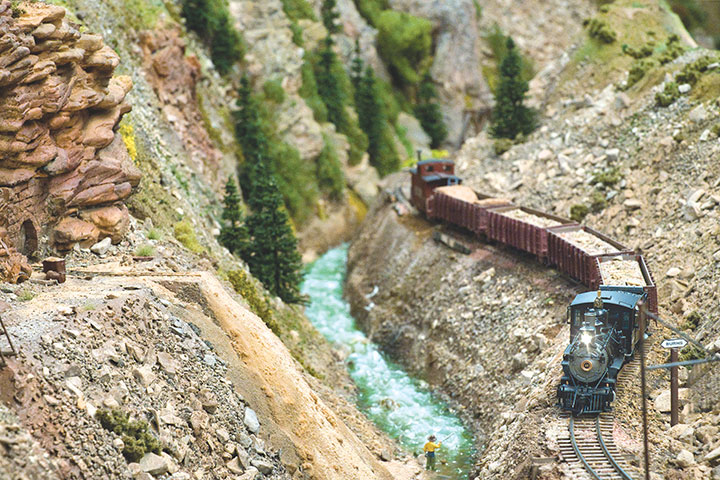
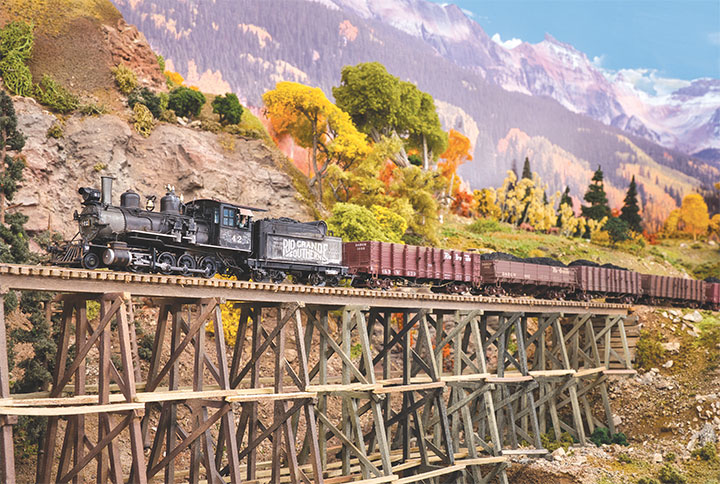
Timber Extra
Just prior to my layout’s 1947 timeframe, the McPhee sawmill near Dolores was shipping timber to that mill from a siding called—cleverly enough—Timber Spur. That was near Coke Ovens. We model railroaders cheat with the facts all the time. I presume (dignified term for playing make believe) that this business still existed in my target year. And, since I don’t have extra real estate to accommodate the Timber Spur between Burns Canyon and Coke Ovens, I have the McPhee folks shipping the logs out of Coke Ovens.
This extra does not need to be long to be convincing. Following fascinating prototype practice, I have the Dolores Turn out of Rico start the day by going the wrong direction out of Rico. At Coke Ovens they retrieve those log cars and then return to Rico so they can proceed on to Dolores as God intended. I have three removable log loads that I keep shuttling back and forth in this service. For such a move, a three-car train seems perfectly reasonable. I chose three cars because of considerations of track capacities at both Coke Ovens and the Dolores staging yard. Well, OK, the prototype McPhee trains were always 12 cars daily. Phooey on McPhee; what did they know about staging track capacities?
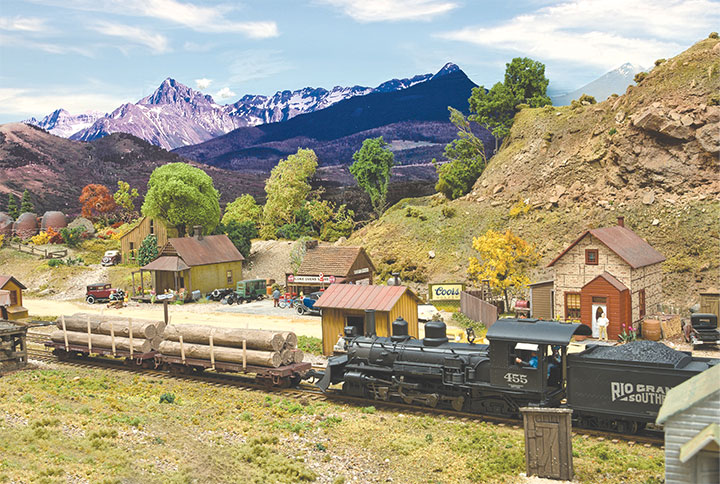
Passenger Special
Anybody know why an unscheduled freight is an extra while an unscheduled passenger is a special? I don’t know, either, but I conform with these common terms. While all the freight extras I’ve described above are the same from session to session, my passenger specials change frequently.
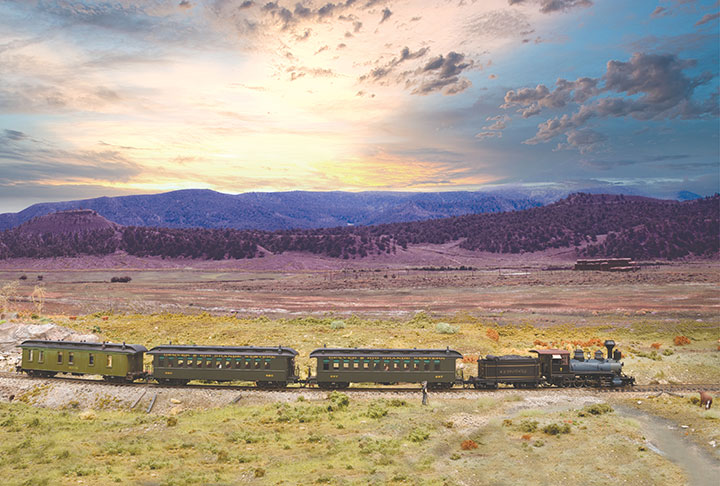
Director Special
Sometimes I run a two-car special reminiscent of the Barriger Special. Maybe the train is transporting miniature versions of Receiver Fuller and a party of legal minds, or maybe the run has been chartered by HO manifestations of my operating crew and me. In any event, the train is powered by one of my Consolidations and consists of a Rio Grande coach and my business car Rico.
Railfan Charter
On occasion I run a train that is my version of the chartered trains that were run in the postwar years of the RGS. Consists are not always the same and are powered by either a Consolidation or Mudhen and contain any combination of combine, one or two coaches, caboose, and car RICO. Someday I will add a ladder to a gondola and fill it with camera-toting fans!
Restoration Special
Ya knows, when Blackstone offered a Consolidation in 1880’s attire with diamond stack, kerosene headlight, and early paint job, I just had to have one! What to do with it on a 1947 layout? Well, I presume a steam locomotive restoration occurred decades before one happened, and I have RGS #7 restored to original appearance and booking pricey excursions. The old beauty pulls a couple coaches and the Rico. Wow, she does look nice skirting the shores of Trout Lake!
Conclusion
On occasion, consider putting together some unique combination of equipment. Run a special for something extra; or, um, run an extra for something special!